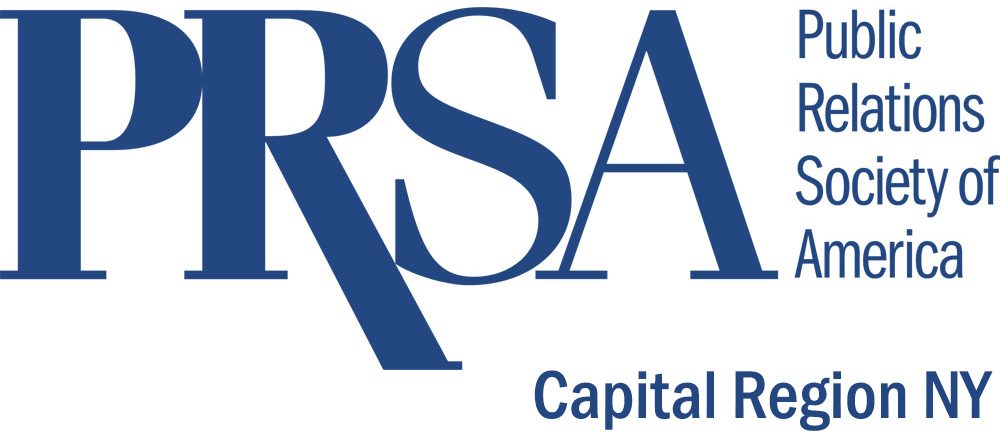by Alicia Jacobs, MA
For many of us, the daily routine of going to work changed in March of 2020. Businesses started scurrying around, pulled out their crisis communication handbooks, and activated their task force teams. Daily communication with colleagues, supervisors, customers, clients, entire companies, organizations, and businesses quickly became more complicated.
In real-time, we learned about the novel Coronavirus, also known as COVID-19, which soon became categorized as a pandemic. After classification, we started to hear the phases “social distancing” and “essential workers” as organizations put plans into action. Increased communication to employees, clients, regular customers, and stakeholders was even more important. As customers, many of us started to receive COVID-19 email messages with store updates.
As public health and safety became part of our daily conversations, there was urgency for clear, compassionate, and consistent messages. The daily news briefings included new information, facts, and statistics that were ever changing. These messages also had a trickle-down effect as companies focused on health and safety for both their employees and their customers.
During the pandemic, communications professionals were busy working on internal and external messages for their different audiences. The workplace changed for some working remotely, which also shifted messaging as we were not able to chat like in the office. As employees adjusted to working from their “new home office” and as businesses not considered essential began to shut down, communication channels adjusted too. For businesses switching to a remote workforce, the challenge was getting employees situated and connecting communications virtually.
As a PRSA Capital Region board member, I recently hosted an interactive Zoom event with communications professionals on “Internal Communication Best Practices for the COVID-19 Pandemic and Economic Reopening.” Here are some highlights.
- Keeping employees, customers, and stakeholders engaged: The group recognized how communications professionals adapted and became more comfortable with technology. A variety of communications tools were used and included Constant Contact, Zoom, emails, videos, Facebook Live, SharePoint, CEO messages and briefings, Microsoft Teams, Town Hall meetings, leaders, and unit meetings. Some business held virtual events and ceremonies. Many are still using photography, more social media, webinars, and going old-school by reaching out by phone more.
- Another important factor is aligning messaging. It was clear the messages need to align on different channels for internal and external communications, advertising, leadership, and social media. Especially tied to health of the community at large. When possible, it was suggested to focus on mission campaigns.
- Writing styles focused on empathy, clarity, and authority. In addition, writing also focused on expertise (show that you are an expert with strong content), be honest, show gratitude, show unity, and a sense of community. It was also important to make sure messages are positive in tone and be cautious about overused expressions like pivot and resilient, especially when you are working with students or those who are missing friends/lost loved ones.
- Lessons learned. Zoom burnout exists. Phone meetings can be nice. Try different forms of meeting. Worth noting with Zoom, comfort level, tone and unspoken communication can have impact. Pay attention to body language during Zoom meetings. Not everyone is comfortable being in group settings and affect inclusivity. Sometimes a phone call without video is a nice option since being homebound, employees are spending more time on laptops, having back to back meetings, and can get eye strain. It is suggested to leave sometime between meetings.
- Re- opening plans. As more and more businesses get closer to re-opening, communication with both employees and customers is important. Build confidence that safety is a priority and keep people informed. Remember to keep messages consistent during COVID-19 to the re-opening. It is also important to listen to customer feedback and survey employees. Truth, trust, and transparency are still important communication virtues.
As communicators, we need to make sure messages show in words and actions that health and safety is a priority while keeping all stakeholders informed during unprecedented times.

